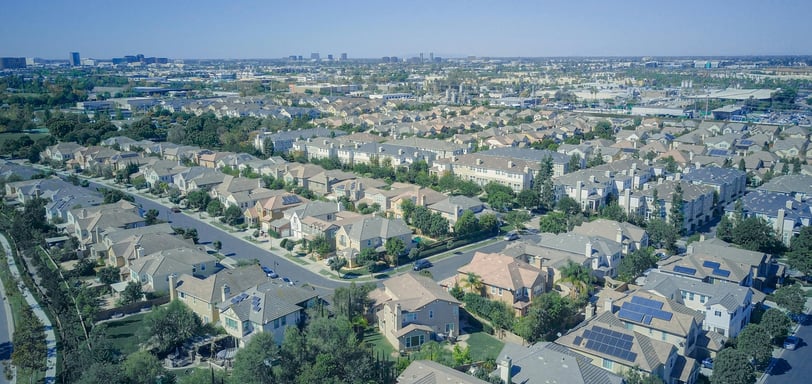Factors Impacting Residential Solar Adoption
Explore the key factors that influence residential solar energy adoption in your area. Learn how to assess if solar power is a good fit for your house and discover the benefits that enhance its appeal.
12/29/20242 min read


Solar energy adoption varies widely based on geographic, economic, and policy-related factors. Understanding these elements can help homeowners determine whether investing in solar power makes sense for their specific location. Here are key factors that enhance the appeal of solar energy in certain regions.
1. Abundant Sunlight
The most obvious factor influencing solar adoption is the availability of sunlight. Regions with high solar irradiance offer greater energy production potential making solar installations more cost-effective. Even areas with moderate sunlight can benefit from solar energy, thanks to advancements in panel efficiency.
2. Favorable Financial Incentives
Generous local, state, or federal incentives can significantly reduce the upfront cost of solar installation. Examples include:
Tax Credits: Programs like the federal Investment Tax Credit (ITC) allow homeowners to deduct a portion of installation costs from their taxes.
Rebates and Grants: Many states and utilities offer cash incentives for adopting solar power.
Property Tax Exemptions: Some jurisdictions exclude the added value of solar systems from property tax assessments, reducing financial barriers.
3. Net Metering Policies
Net metering allows solar system owners to earn credits for excess energy fed back into the grid. This policy maximizes savings by effectively lowering energy bills. States with strong net metering programs, such as California and New York, make solar power particularly attractive.
4. High Electricity Costs
In regions where electricity rates are high, the cost savings from solar energy become more pronounced. Solar panels can help homeowners and businesses offset these expenses by generating their own power.
5. Availability of Financing Options
Access to solar loans, leasing programs, and power purchase agreements (PPAs) can make solar installations more affordable by spreading the cost over time. Areas with robust financial programs see higher rates of solar adoption.
6. Local Renewable Energy Goals
Municipalities or states with renewable energy targets often implement policies that support solar energy. Examples include renewable portfolio standards (RPS) that mandate a certain percentage of energy come from renewable sources, fostering growth in the solar sector.
7. Climate and Environmental Concerns
Regions facing environmental challenges, such as frequent power outages or vulnerability to climate change, often view solar energy as a way to increase resilience and reduce reliance on fossil fuels. Solar panels paired with battery storage systems can provide backup power during outages, enhancing energy security.
8. Rooftop Suitability
The physical characteristics of buildings play a crucial role. Factors such as roof angle, orientation, and structural integrity can affect solar feasibility.
9. Social and Cultural Acceptance
Public perception and community interest in renewable energy often drive solar adoption. Areas with a strong culture of sustainability are more likely to embrace solar technology and support related policies.
Additionally, solar access laws—which protect homeowners’ rights to install and maintain solar panels—play a crucial role in easing adoption. When neighbors install solar panels, it often creates a pathway for other homeowners to follow, demonstrating feasibility and inspiring broader community interest.
Conclusion
The appeal of solar energy depends on a combination of geographic, economic, and policy factors. Locations with abundant sunlight, strong financial incentives, and progressive energy policies present the most compelling opportunities for solar adoption. However, even in less ideal conditions, innovations in technology and financing are making solar energy an increasingly viable option for homeowners.
